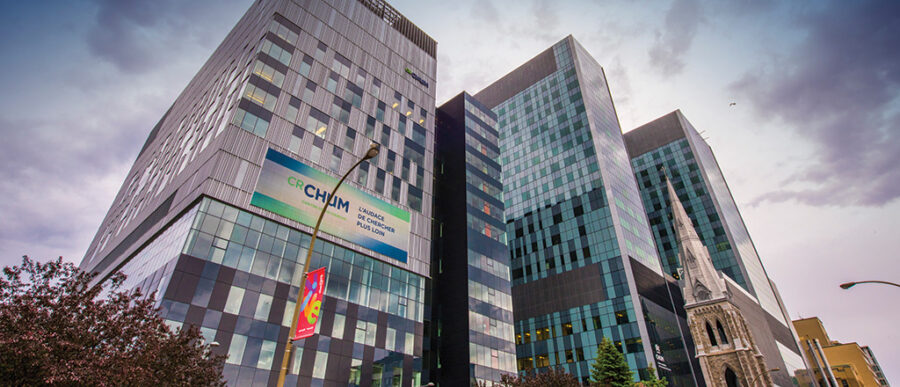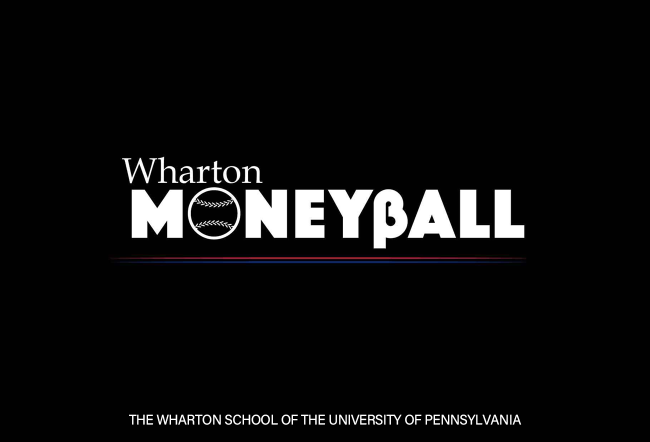It will cost $3.6 trillion to repair and upgrade the nation’s infrastructure, but potential financial constraints are not the only obstacle to getting the job done. In the face of increasingly extreme weather, communities can no longer afford infrastructure that is simply fixed when it breaks. They need sustainable infrastructure that offers solutions that can keep up with contemporary climate challenges. Cities worldwide are increasingly turning to private-sector partners for the long-term investment and operational expertise these new solutions demand.
Sustainable infrastructure includes utilities that are designed to support a community that faces new economic, social and environmental challenges over time. In a way, they are future proof: designed and operated to be more resilient. And if they work within a public-private partnership (P3) framework, expertise is shared and deployed at scale. According to a PwC report, the “P3 pipeline now stretches across more than 20 states, including many that have never closed a public-private partnership transaction before.” With the number and size of P3s increasing each year and major infrastructure legislation anticipated on Capitol Hill, prospects for market growth in the U.S. are brighter now than at any time in recent memory.
Canada offers a model of how productive P3s can be, especially for these fundamental infrastructure projects. Over the past 30 years, more than 200 P3s have provided an average of $14 billion per year of economic activity in the country, according to a study by The Canadian Centre for Economic Analysis. Half of these infrastructure projects involve health care facilities, with CHUM, a medical complex under construction in downtown Montréal, as the biggest and one of the most environmentally innovative.
In the U.S., P3 projects in Honolulu and Philadelphia showcase what the expected boom in P3s can mean for sustainable infrastructure:
- As expanding cities and milder seasons make drinking water harder to deliver, it’s important to get smarter about treating the water we do collect. In Honolulu, Hawaii, a state-of-the-art wastewater reclamation facility has reduced ocean pollution and increased the availability of drinking water, thanks to a 20-year, $140 million P3 agreement. Interest in such water reuse projects is surging across the country as a way to mitigate the effects of drought and boost water supplies in communities with limited access to freshwater. This solution allows the city to save up to $35 million over the course of the partnership.
- Green steam has provided Philadelphia with sustainable infrastructure since 2012. That’s when a P3 allowed the city’s regular energy operations to use the waste heat from the Schuylkill Power Station as steam power across the district. Today, the partnership supports a cogeneration project that provides electricity, “green steam” and now a new chilled water plant for the University of Pennsylvania, reducing the school’s greenhouse gas emissions by 172,000 metric tons. That’s the equivalent of removing 28,000 cars from the road. If the U.S. increased its use of such cogeneration from 9% to 20% (in line with several European countries), the nation could lower greenhouse emissions by 600 million metric tons, which equates to 109 million fewer cars on the road.
This special report takes a closer look at these projects, including their costs and benefits, in order to gain a better understanding of the kinds of challenges and opportunities organizations face.



